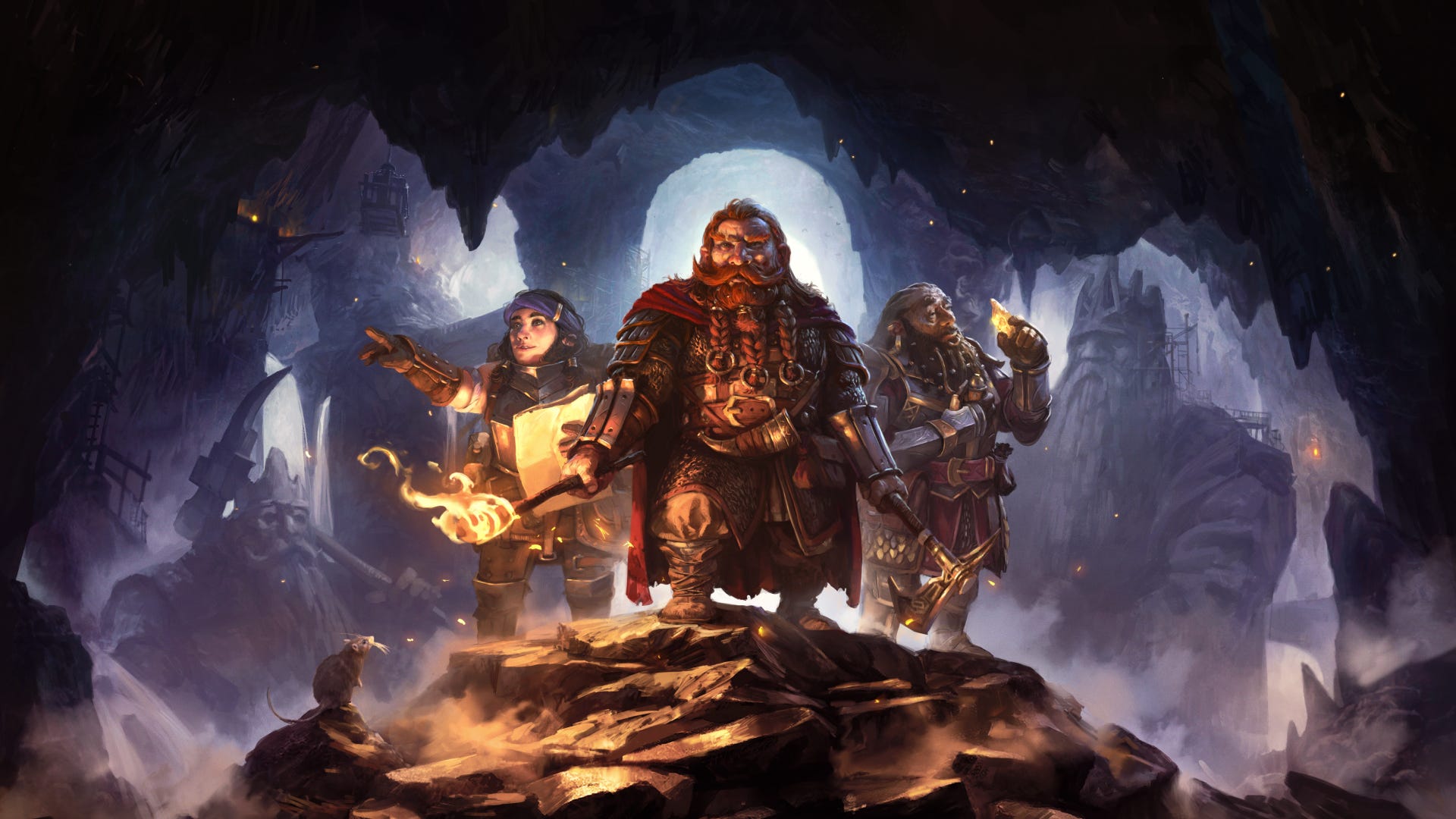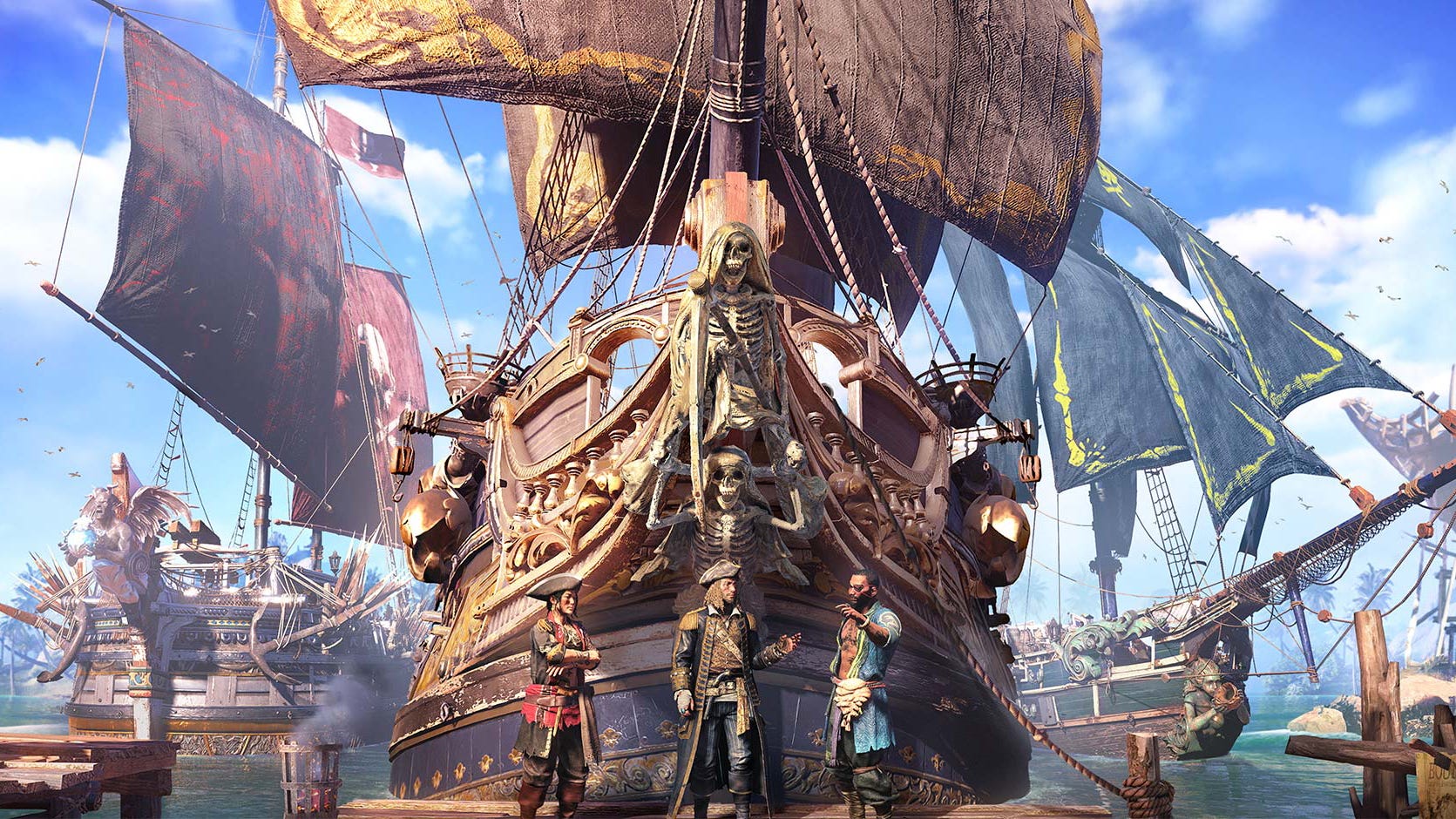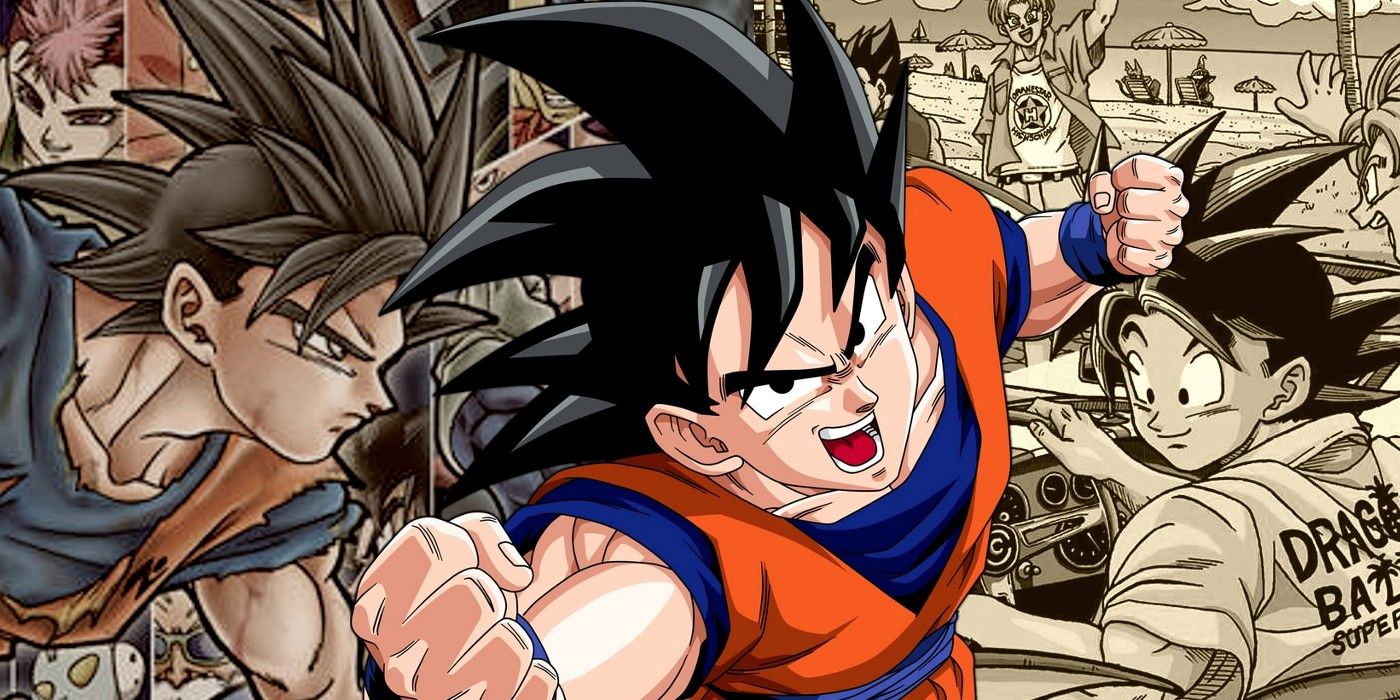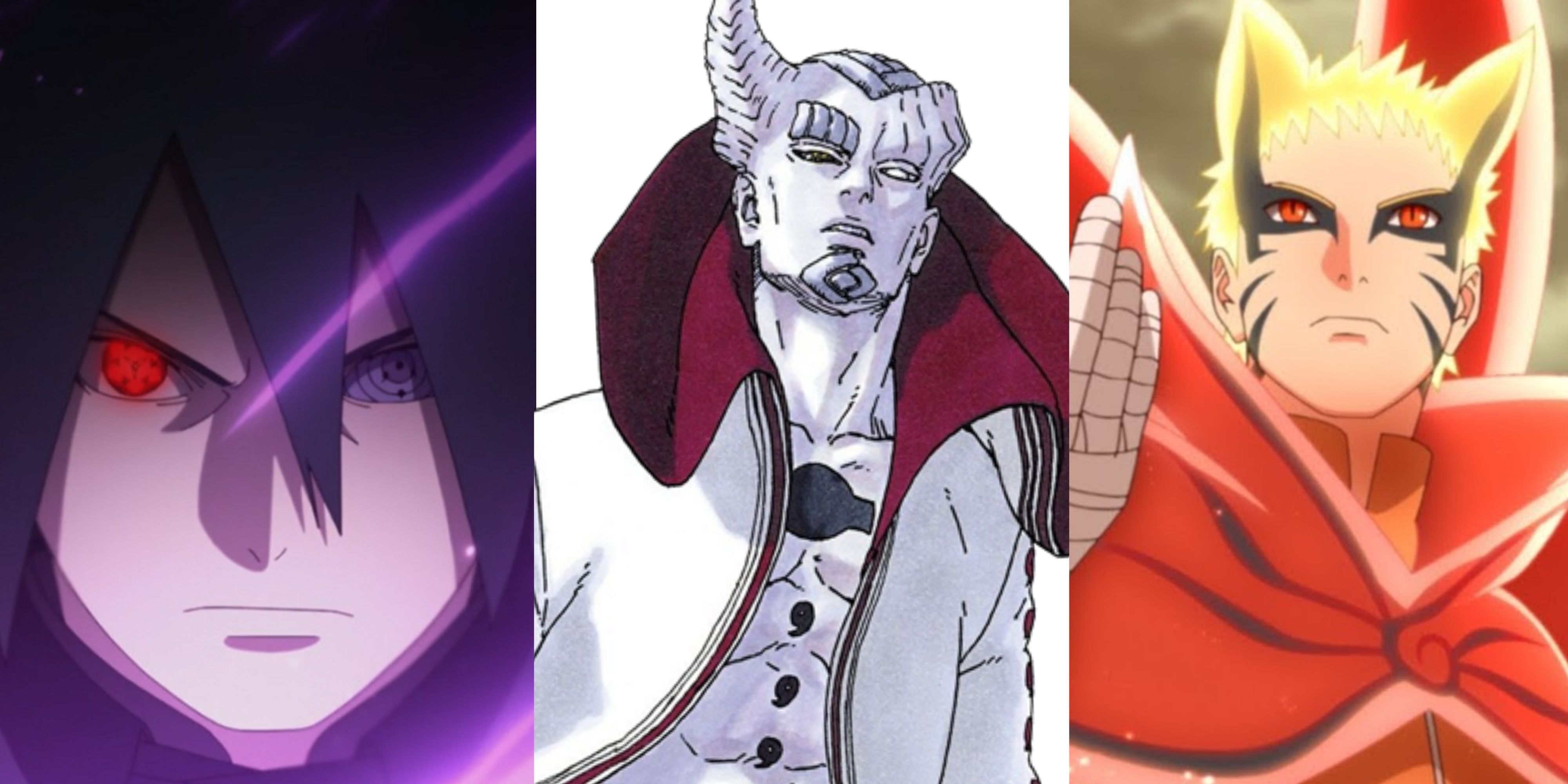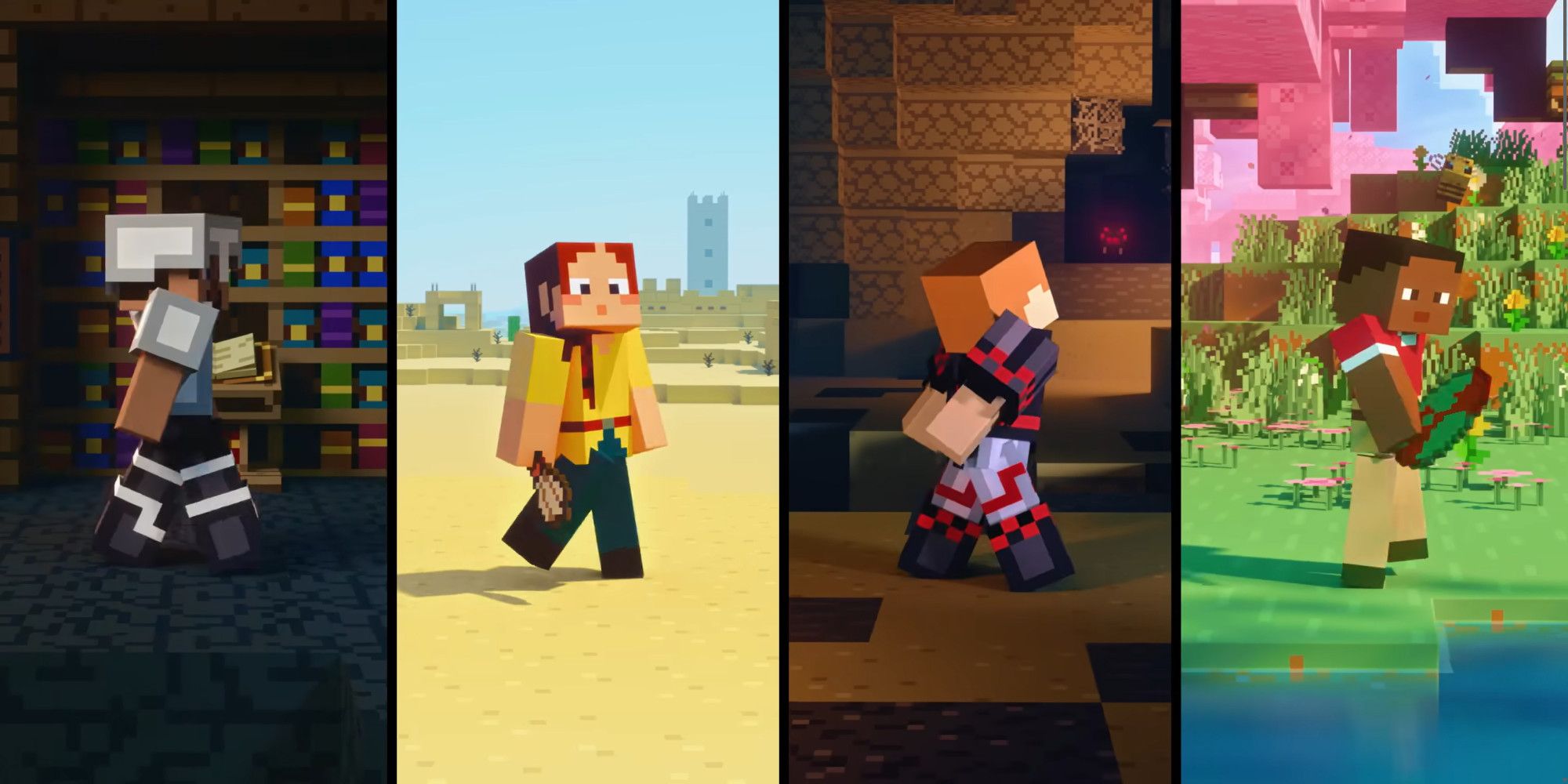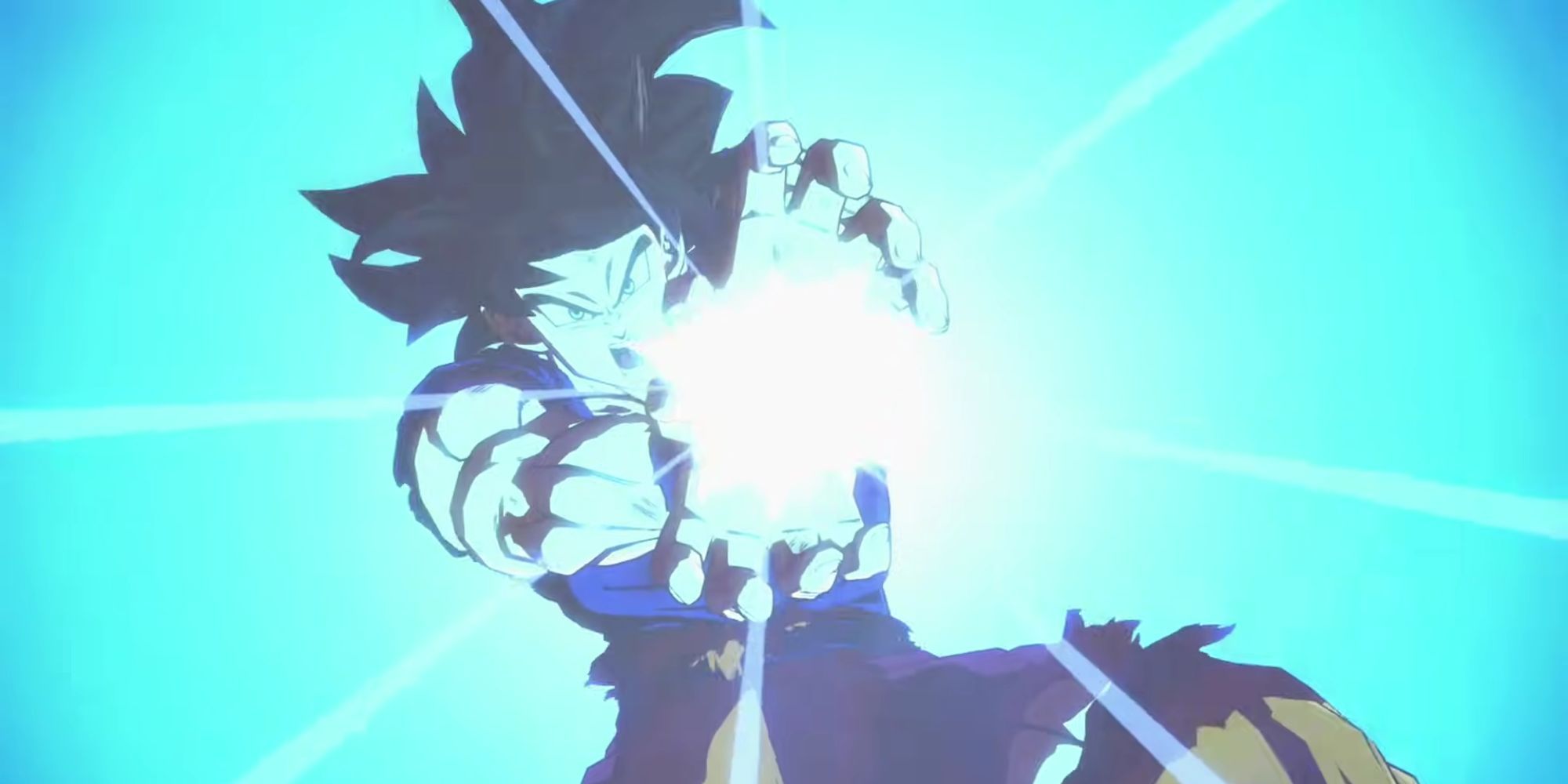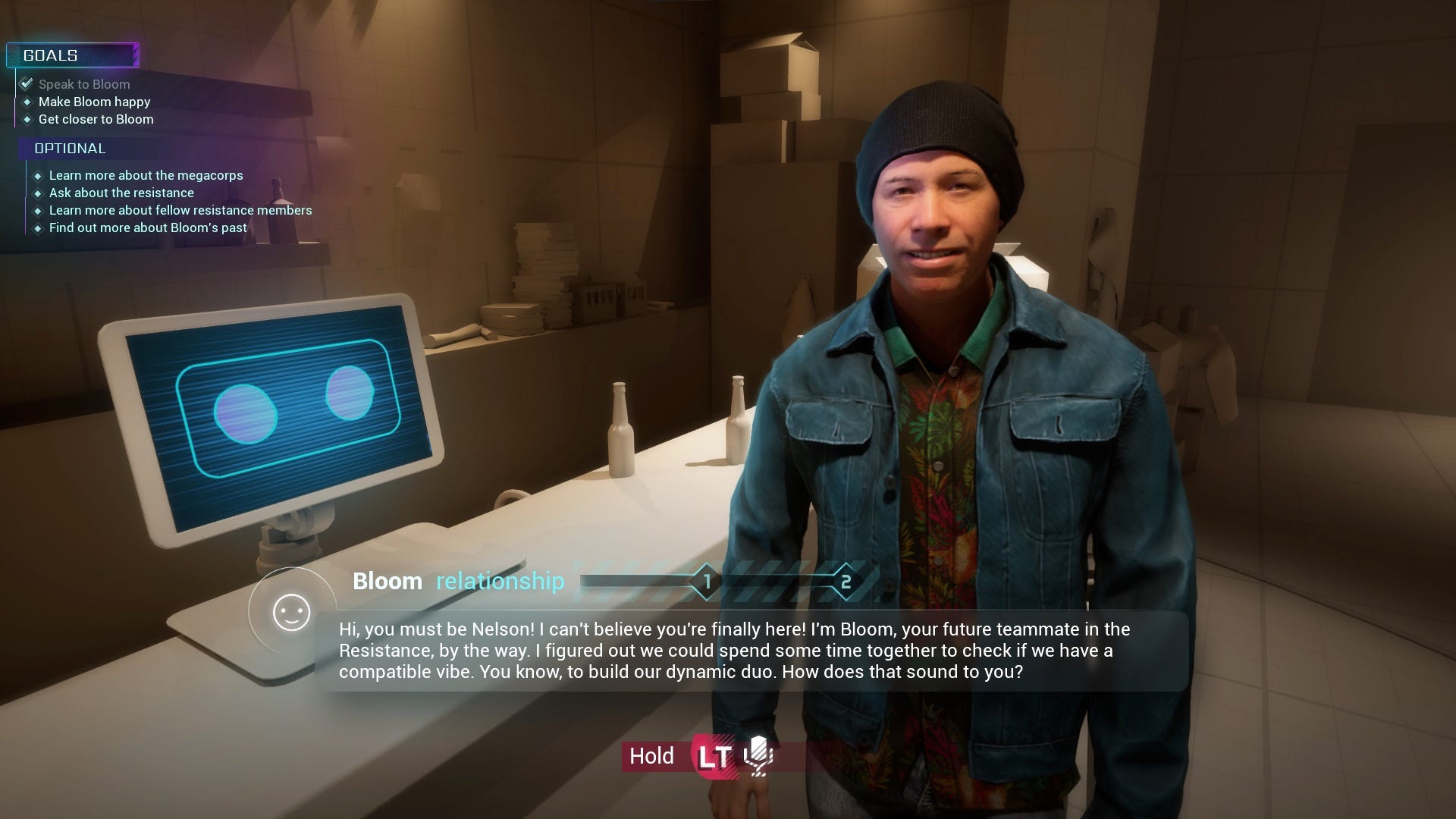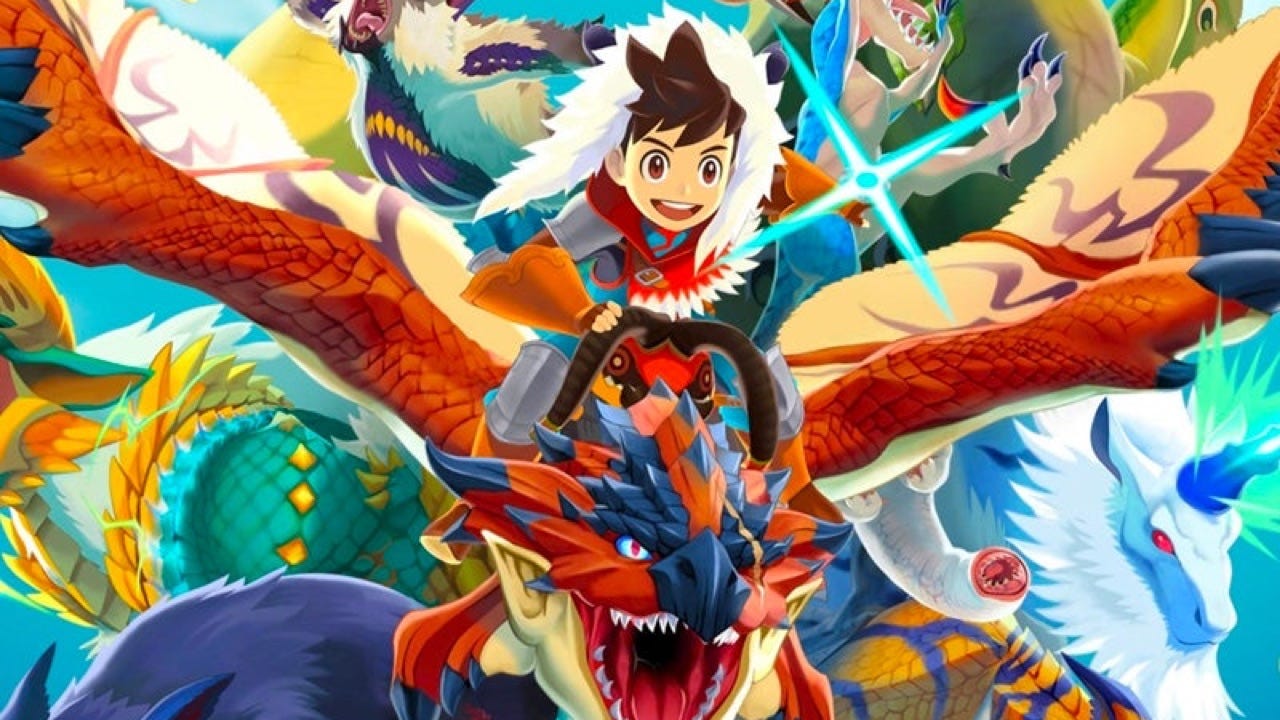Rise of the Ronin review - samurai action that's as grounded as it is approachable
Games set in the Bakumatsu period must feel like buses. You wait almost a decade for one to be made, and then two come along in successive years. After last year’s Like A Dragon: Ishin took us to late 19th century Japan, Rise of the Ronin feels like a trip into familiar territory. It’s perhaps even more familiar, as this is an open-world game that’s quite happy to borrow from the Ubisoft playbook of maps overstuffed with icons, as well as other modern trends. Wing gliding? Sure! Dogs and cats to pet? Why not! And yet it is new territory all the same for Team Ninja. Having spent the past few years as a worthy rival to FromSoftware, with its own take on the Soulslike, this marks a departure: it's more grounded than you might expect, all while evolving the Ki-based mechanics first employed in Nioh for a wider audience.As another third-party PS5 exclusive to fill out the lack of Sony’s own first-party efforts, it certainly looks the part. That first shot as your nameless protagonist arriv
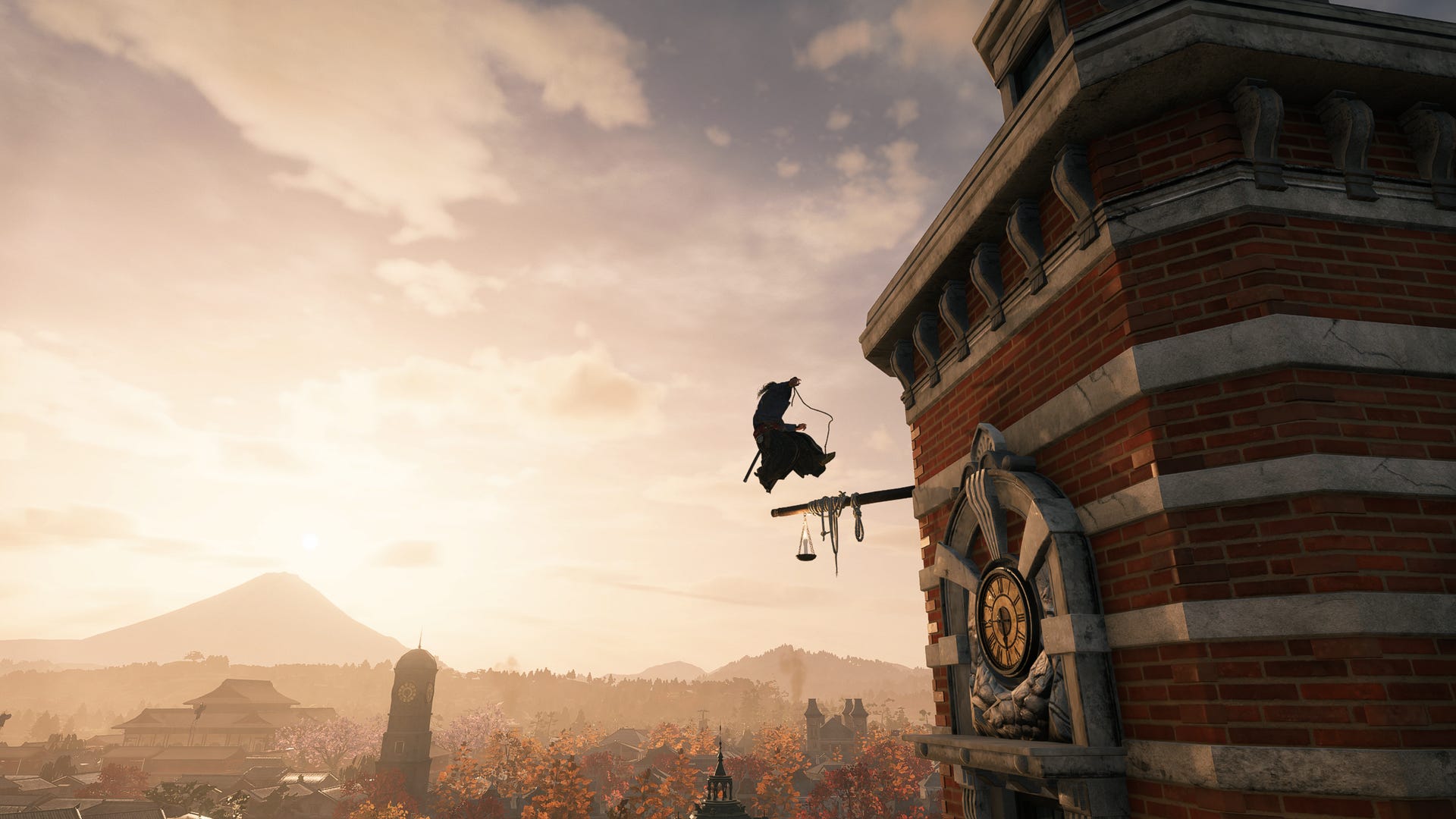

Games set in the Bakumatsu period must feel like buses. You wait almost a decade for one to be made, and then two come along in successive years. After last year’s Like A Dragon: Ishin took us to late 19th century Japan, Rise of the Ronin feels like a trip into familiar territory. It’s perhaps even more familiar, as this is an open-world game that’s quite happy to borrow from the Ubisoft playbook of maps overstuffed with icons, as well as other modern trends. Wing gliding? Sure! Dogs and cats to pet? Why not! And yet it is new territory all the same for Team Ninja. Having spent the past few years as a worthy rival to FromSoftware, with its own take on the Soulslike, this marks a departure: it's more grounded than you might expect, all while evolving the Ki-based mechanics first employed in Nioh for a wider audience.
As another third-party PS5 exclusive to fill out the lack of Sony’s own first-party efforts, it certainly looks the part. That first shot as your nameless protagonist arrives in Yokohama gazing over its rolling fields and the nearby sea looks simply sumptuous. Move in and it’s hard not to notice the light reflecting off long grass or water, or the detailed architecture - a mixture of both Japanese and Western designs. Riding on horseback with Mt. Fuji in the background it's clear: Cor! We’ve come a long way since Nioh’s identikit caverns and ransacked villages.
This beauty is balanced with brutality once you encounter unruly enemies roaming the city’s outskirts or deserted settlements. The fights that ensue usually result in a finishing blow that sees blood gushing with the severing of heads or limbs. Combat has been simplified to the extent that there is just one attack button rather than light and heavy, while another attack is actually a counterspark, the game’s form of parrying, which you’ll need for deflecting combos to wear down your opponent’s Ki (stamina) before following up with a critical attack. What I do appreciate is that even if you opt for the easier difficulty, the game doesn’t just devolve into a hack-and-slasher. You still have to respect this mechanic.
What's Your Reaction?









